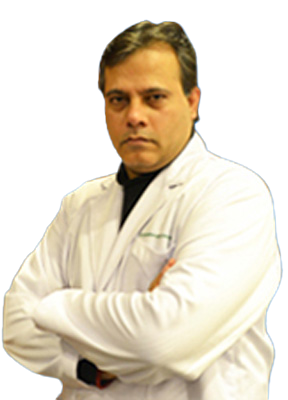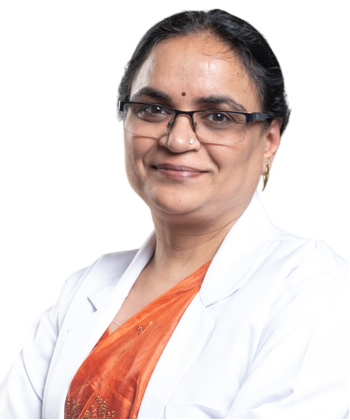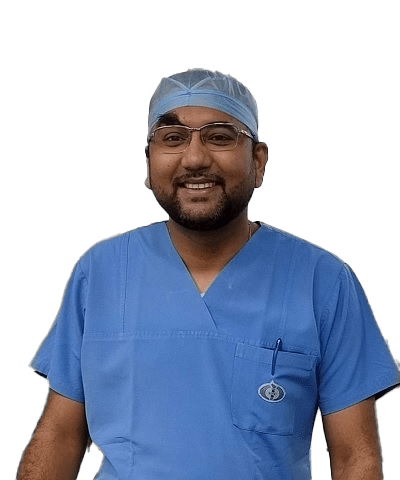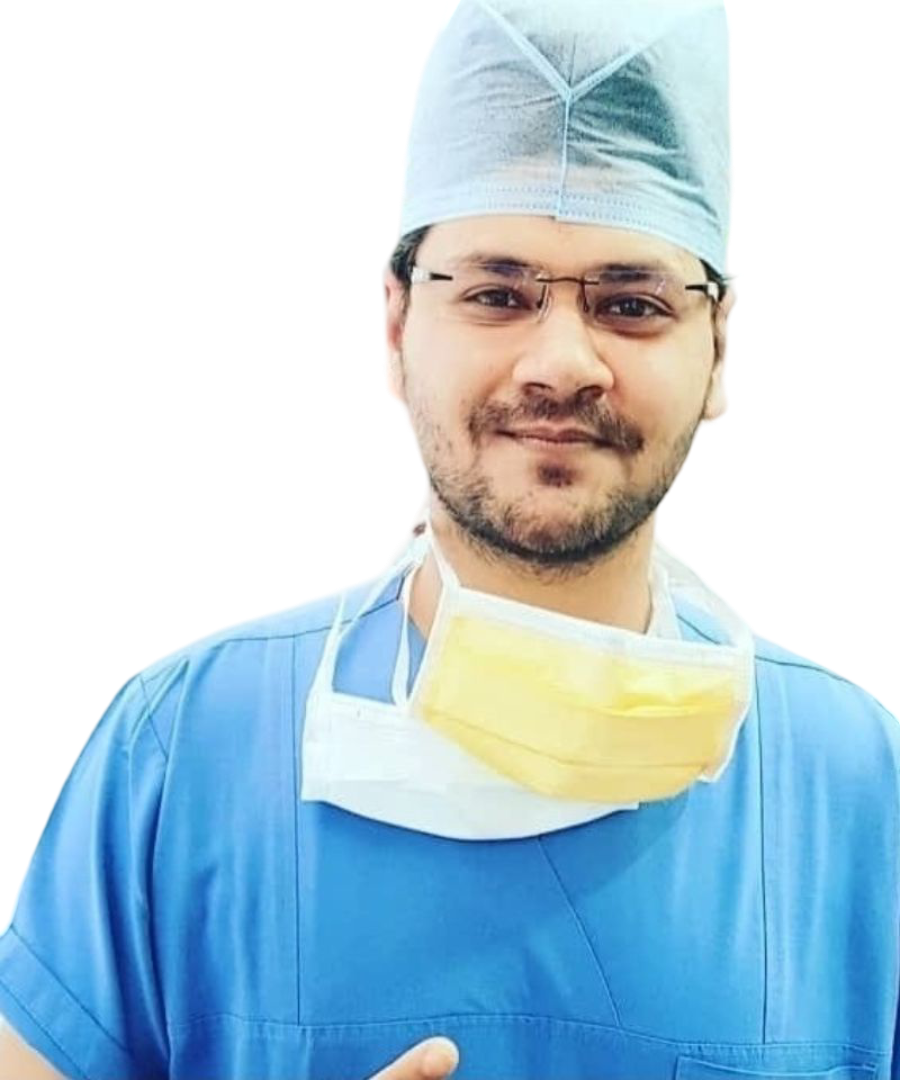 Dr. H.N. Agarwal
Dr. H.N. Agarwal
 Dr. Satnam Singh Chhabra
Dr. Satnam Singh Chhabra
 Dr. Rajesh Acharya
Dr. Rajesh Acharya
 Dr. Ajit K. Sinha
Dr. Ajit K. Sinha
 Dr. Samir K Kalra
Dr. Samir K Kalra
 Dr. Anshul Gupta
Dr. Anshul Gupta
 Dr. Richa Singh
Dr. Richa Singh
 Dr. Shrey Jain
Dr. Shrey Jain
 Dr. Arunav Sharma
Dr. Arunav Sharma
 Dr. Rati Agrawal
Dr. Rati Agrawal
 Dr. Sneyhil Tyagi
Dr. Sneyhil Tyagi
The department has attained the expertise in Spinal Surgery, Paediatric Neuro-Surgery, Neuro-Vascular diseases, Skull-base, Neuro-Endoscopy, Functional Neurosurgery and Vascular Neuro-Intervention.
The operation rooms are well equipped with operating microscopes, , ultrasonic aspirator, intra-operative neurophysiological monitoring, systems for endoscopic spine and brain surgery, image intensifier with facilities for digital subtraction angiography, and a stereotactic instrument.
We have budgeted for an addition of another high end operating microscope as well as the latest electromagnetic image guided navigation equipment.
The subspecialisation by the neurosurgery faculty into the various aspects of the spine and brain has made available expertise in a wide range of operations. Almost all operations are carried out under great magnification and optimal illumination either using an operating microscope or an endoscope, thus enhancing the safety for the patient. There is a trend towards making operations less traumatic and less painful by using key hole approaches whether in the spine to remove slipped discs or in the brain to remove tumours.
Removing a colloid cyst minimastically. Endoscopic removal has been associated with a small wound . The same can be achieved more effectively using the operating microscope where the surgeon can use both his hands rather than only one hand as is necessitated when using an endoscope. This greatly enhances the safety as well as effectiveness in removing the cyst totally.
This patient had his colloid cyst removed with the help of an operating microscope through a small cut as small as used for endoscopic removal MRI scan shows the colloid cyst in the centre of the brain occluding the fluid pathways and causing hydrocephalus. Operative view though the operating microscope showing the great clarity in vision Skull base surgery. There are a large number of approaches described to tackle the various skull based tumours found in the brain. Expertise in these approaches is essential to provide an effective and safe solution. This MRI scan image shows a benign tumour in front of the junction between the brainstem and the spinal cord which was causing a progressive paralysis of all the limbs This was totally removed using the extreme lateral approach where the diseased area is approached from the side of the neck. With this approach there is little or no handling of this very vital part of the nervous system.
When the odontoid process of the second spine breaks, the conventional way of treating it leads to elimination of all rotational movement between the first and second spine. By inserting an odontoid screw through the two fragments as depicted in the X-rays following surgery, the natural movements are elegantly retained.
Tumours of the nerves exiting from the spinal cord is conventionally approached from the back after performing a laminectomy where bone overlying the spinal cord is removed, in seleced cases the entire tumour can be removed from the front through the same route taked by the exiting nerve. This is possible without removing any bone because the tumour widens the pathway tumour seen on imaging in cross- sectional and frontal projection Diagrammatic representation of the approach used Frontal projection after surgery shows complete removal of tumour The department has attained the expertise in Spinal Surgery, Paediatric Neuro-Surgery, Neuro-Vascular diseases, Skull-base, Neuro-Endoscopy, Functional Neurosurgery and Vascular Neuro-Intervention.